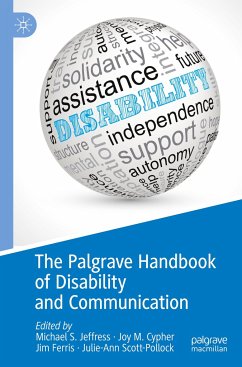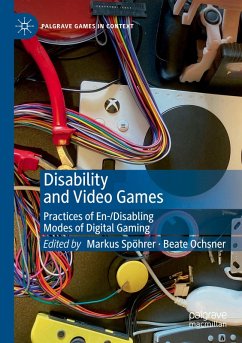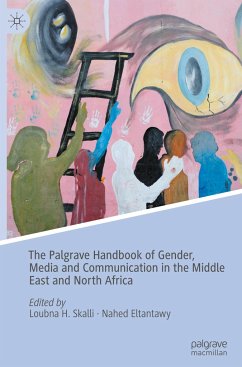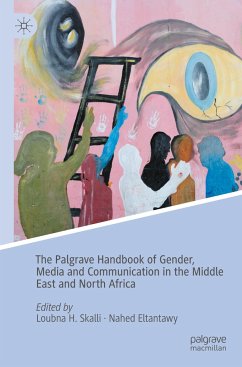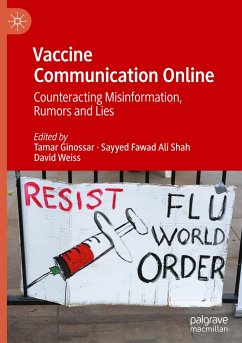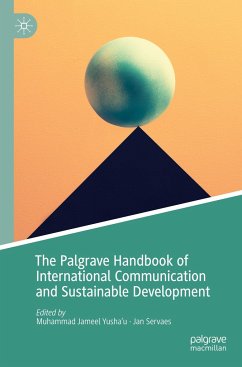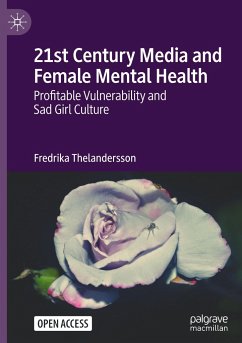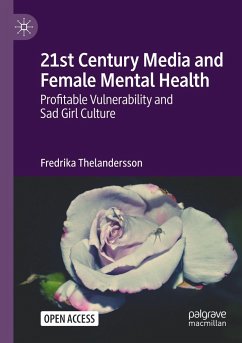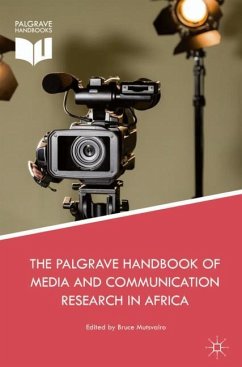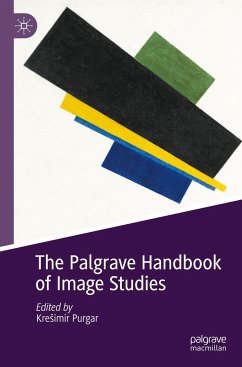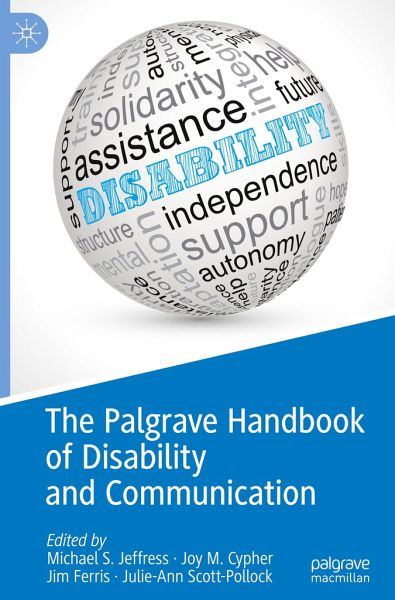
The Palgrave Handbook of Disability and Communication

PAYBACK Punkte
84 °P sammeln!
The Palgrave Handbook of Disability and Communication covers a broad spectrum of topics related to how we perceive and understand disability and the language, constructs, constraints and communication behavior that shape disability discourse within society. The essays and original research presented in this volume address important matters of disability identity and intersectionality, broader cultural narratives and representation, institutional constructs and constraints, and points related to disability justice, advocacy, and public policy. In doing so, this book brings together a diverse gr...
The Palgrave Handbook of Disability and Communication covers a broad spectrum of topics related to how we perceive and understand disability and the language, constructs, constraints and communication behavior that shape disability discourse within society. The essays and original research presented in this volume address important matters of disability identity and intersectionality, broader cultural narratives and representation, institutional constructs and constraints, and points related to disability justice, advocacy, and public policy. In doing so, this book brings together a diverse group of over 40 international scholars to address timely problems and to promote disability justice by interrogating the way people communicate not only to people with disabilities, but also how we communicate about disability, and how people express themselves through their disabled identity.





